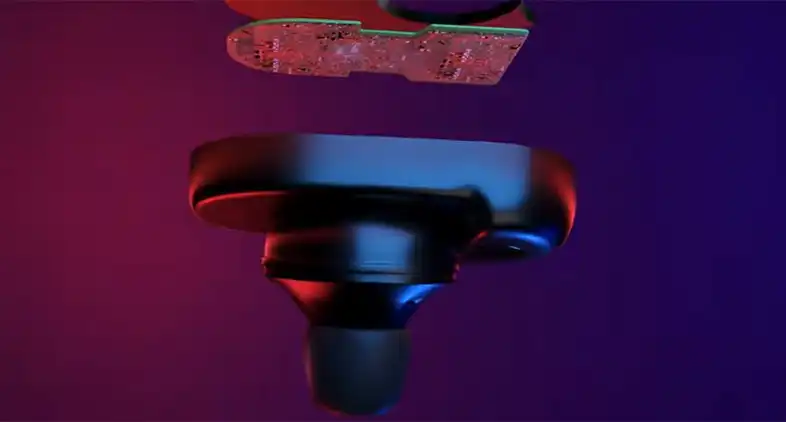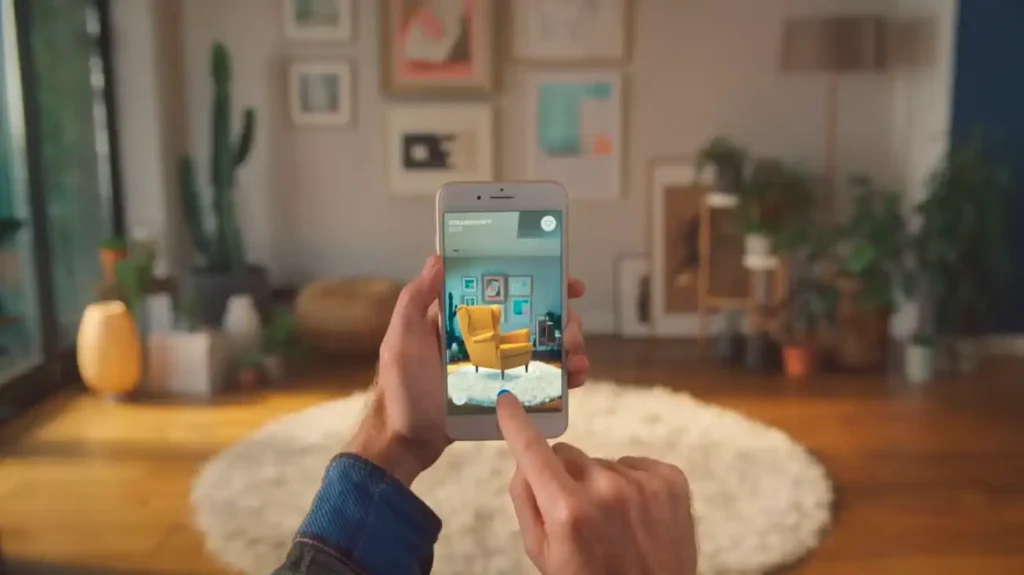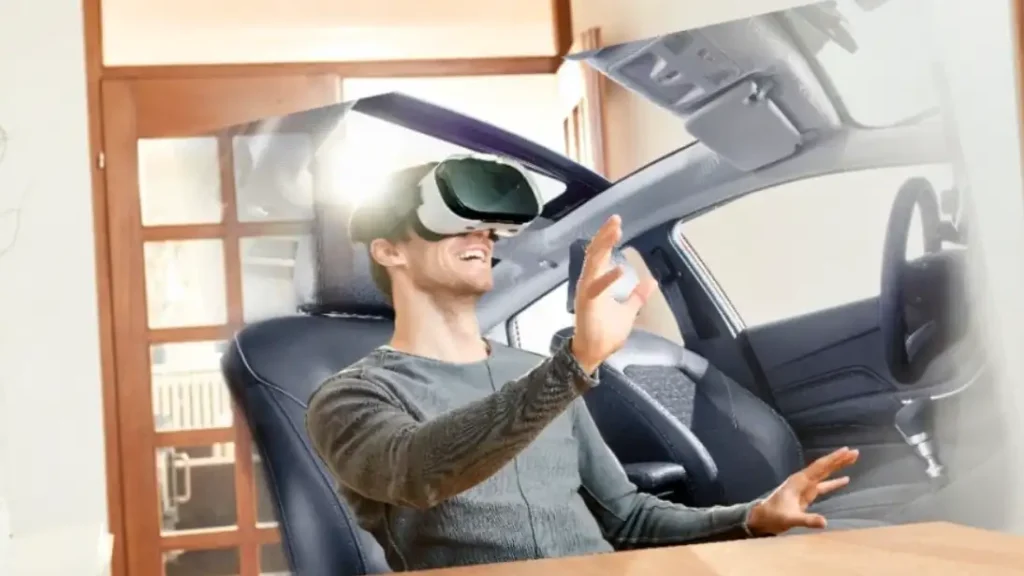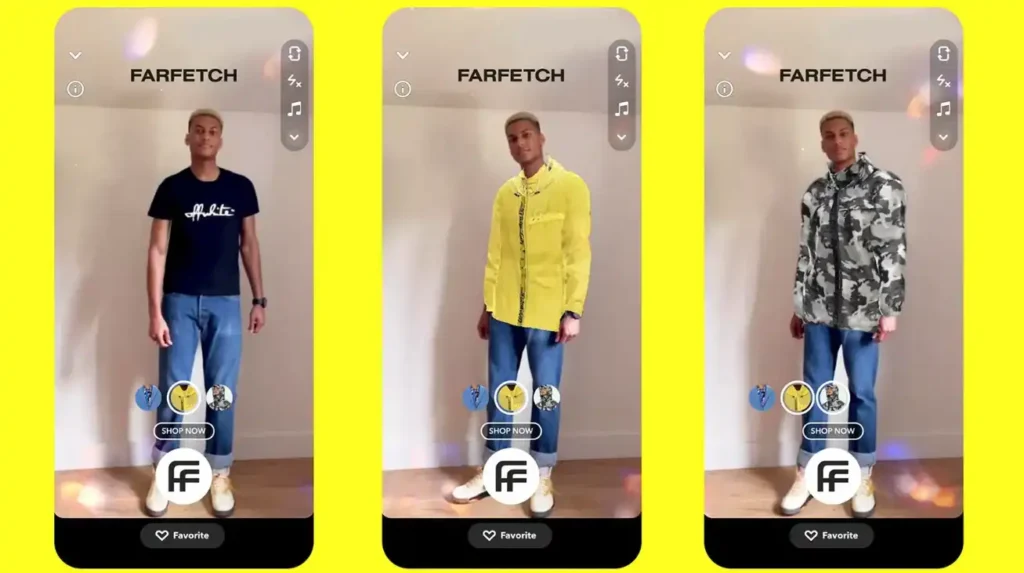Attention-grabbing is the number one strategy when it comes to product marketing. But how do you grab the customers’ attention when there is so much content on the internet today? Well, the art of storytelling comes into play here. And the easiest yet most effective way to do so is to use 3D product marketing.
Old-school photos and descriptions don’t cut it anymore. Today’s audiences want to be pulled right into a brand’s world through mind-blowing experiences. Picture stepping into a life-like virtual showroom to check out products up close. Or stepping into a digital brand universe, living out their story like never before.
This is the power of 3D marketing – using cutting-edge tech to forge deep emotional connections through immersive storytelling. Brands can create multi-sensory experiences that leave customers in awe and hooked for the long haul. It’s more than just selling; it’s narrative magic.

The Role of 3D Product Marketing in Brand Storytelling
With 3D product marketing, brands can showcase their offerings in stunning detail, inviting customers to interact with virtual models from every conceivable angle. Gone are the days of relying solely on photographs, which often fail to capture the true essence of a product. Instead, 3D visualizations offer a 360-degree view, revealing intricate details, textures, and functionalities that would otherwise remain hidden.
Through the power of animation, brands can breathe life into their products, creating captivating narratives that engage consumers on an emotional level. Explainer videos, product walkthroughs, and interactive demos become works of art, seamlessly blending visual storytelling with cutting-edge technology.

The Electronics Industry Have Been Using 3D Product Marketing for Years
One industry that has embraced the power of 3D storytelling is consumer electronics. Companies like Apple and Samsung have mastered the art of unveiling new products through jaw-dropping 3D animations, showcasing every feature and functionality with cinematic flair. These immersive experiences not only educate consumers but also ignite a sense of wonder and excitement, forging an emotional connection that transcends mere product specifications.
Let’s now take a look at how 3D Product marketing can boost your brand’s storytelling.
#1: Immersive Storytelling
While 3D visualizations offer a captivating experience on their own, the true potential of 3D product marketing lies in its ability to merge the digital and physical realms. Enter the world of augmented reality (AR), where consumers can seamlessly overlay 3D product models onto their real-world environments.

Ikea Furniture Visualizer App
One brand that has masterfully harnessed the power of AR is IKEA, whose innovative app allows users to visualize furniture pieces in their own spaces, ensuring a perfect fit and eliminating any guesswork. This immersive experience not only enhances the shopping journey but also reinforces IKEA’s brand narrative of providing practical, well-designed solutions for modern living.
#2: Creating Emotional Connection
Beyond the visual spectacle, 3D product marketing offers a unique opportunity for brands to forge emotional connections with their audiences. By showcasing products in realistic, lifelike scenarios, brands can tap into the aspirations, desires, and pain points of their customers, weaving narratives that resonate on a deep, personal level.

Imagine a luxury automotive brand using 3D visualizations to transport viewers into the driver’s seat of their latest high-performance vehicle, capturing the thrill of acceleration and the exhilaration of hugging every curve on a winding mountain road. This emotional storytelling technique transcends mere product specifications, creating a visceral experience that speaks to the hearts and souls of driving enthusiasts.
#3: Data-Driven Personalization
While the visual and emotional aspects of 3D product marketing are undeniably powerful, the true potential of this technology extends far beyond aesthetics. By leveraging data and analytics, brands can gain invaluable insights into consumer preferences, behaviors, and pain points, allowing them to tailor their storytelling strategies for maximum impact.

Virtual Try-On is Becoming Trendy
Imagine a sports apparel brand that leverages data from virtual try-ons to understand the body types and fitness goals of its customers. Armed with this knowledge, the brand can craft personalized storytelling campaigns that highlight the products and features most relevant to each individual, fostering a sense of connection and relevance that traditional mass marketing simply cannot match.
Moreover, the rise of user-generated content (UGC) presents a remarkable opportunity for brands to incorporate their customers’ stories into their own narratives. By empowering consumers to customize, share, and co-create products, brands can tap into a wellspring of authentic, user-driven storytelling that resonates with their audiences on a profound level.
#4: Virtual Reality & Other Future Possibilities
As we look to the future, the role of 3D product marketing in brand storytelling is poised to grow exponentially. The rapid evolution of technologies such as virtual reality (VR) and the metaverse will open up new frontiers for immersive storytelling, transporting consumers into fully realized, three-dimensional worlds where brand narratives come to life in breathtaking detail.
Furthermore, the increasing accessibility and affordability of 3D creation tools will democratize the world of product marketing, enabling even small businesses and independent creators to craft captivating, three-dimensional stories that resonate with their audiences.
Artificial intelligence (AI) will also play a pivotal role in shaping the future of 3D storytelling. By leveraging machine learning algorithms, brands will be able to automate and streamline the creation of 3D content, while also gaining deeper insights into consumer behavior and preferences. AI-powered personalization and content generation will enable brands to deliver hyper-targeted, emotionally resonant narratives at an unprecedented scale.
How Can Small Businesses or Startups Leverage 3d Product Marketing?
While 3D product marketing may seem like a resource-intensive endeavor, the increasing accessibility of 3D creation tools and platforms has made it more attainable for businesses of all sizes. Many affordable and user-friendly software options are available, enabling small businesses and startups to create compelling 3D content without breaking the bank. Additionally, partnering with freelance 3D artists or specialized agencies can provide a cost-effective solution for those without in-house expertise.
How Can Brands Ensure Their 3d Product Marketing is Accessible to All Customers?
Accessibility should be a priority when creating 3D experiences. Best practices include:
- Providing alternative text and audio descriptions for visually impaired users.
- Ensuring compatibility with assistive technologies like screen readers.
- Following web accessibility guidelines (WCAG) for interactive 3D content.
- Offering multiple input methods (mouse, keyboard, touch) for interactions.
- Considering color blindness and contrast ratios in visual design.
Inclusive design will help brands create 3D stories that resonate with the broadest possible audience.
How Can Brands Balance Technological Innovation With Consistent Brand Storytelling?
While embracing new 3D technologies is important, brands must be cautious not to let the tech overshadow their core narratives and values. Some tips:
- Ensure brand guidelines extend to 3D visualizations (colors, fonts, tone, etc.)
- Use 3D as a complementary storytelling tool, not the entire story itself.
- Focus on creating emotionally resonant, on-brand experiences with 3D.
- Continuously align 3D marketing efforts with overarching brand strategy.
Integrating innovative tech with authentic, consistent storytelling is key for long-term brand success.
Final Words
As technology continues to advance, the possibilities for 3D storytelling will only grow, offering brands an unparalleled opportunity to captivate, engage, and inspire their audiences in ways never before imagined. Those who embrace this revolution will not only differentiate themselves from the competition but also secure a lasting place in the hearts and minds of their customers.
So, whether you’re a seasoned marketer or an aspiring entrepreneur, the time to embrace 3D product marketing is now. Unleash the full potential of your brand’s story, and watch as it comes to life in a way that leaves a lasting impression on your audience, fostering a connection that transcends the realms of mere commerce.

